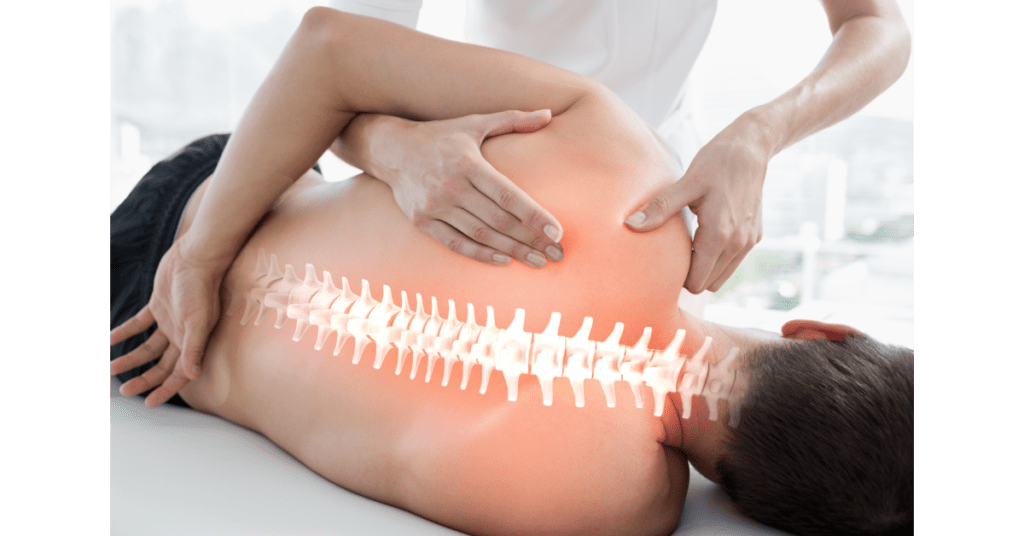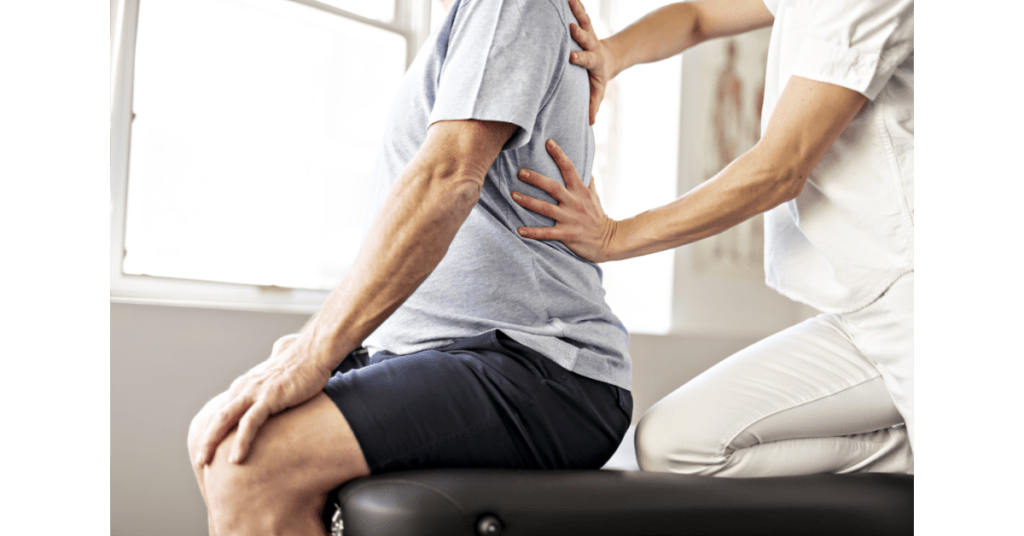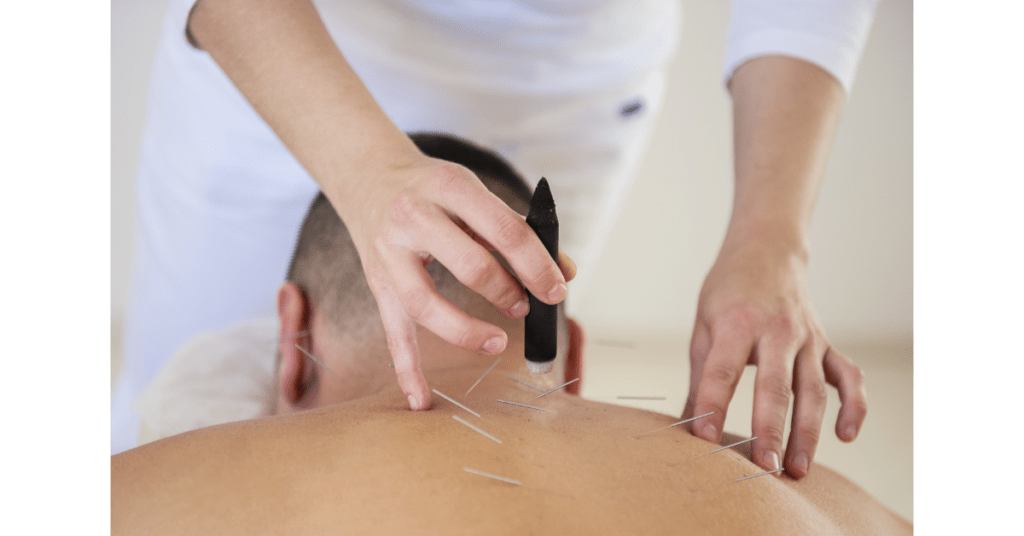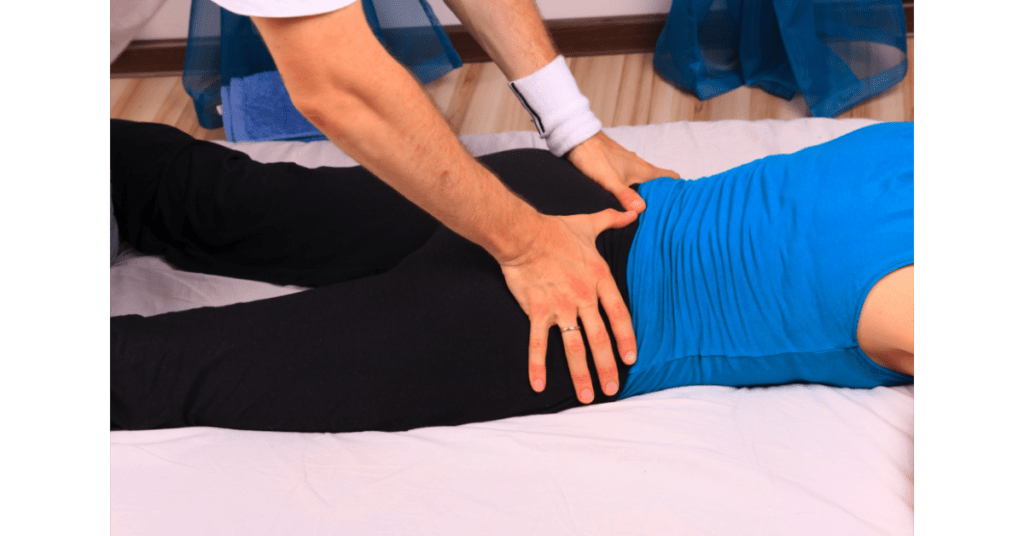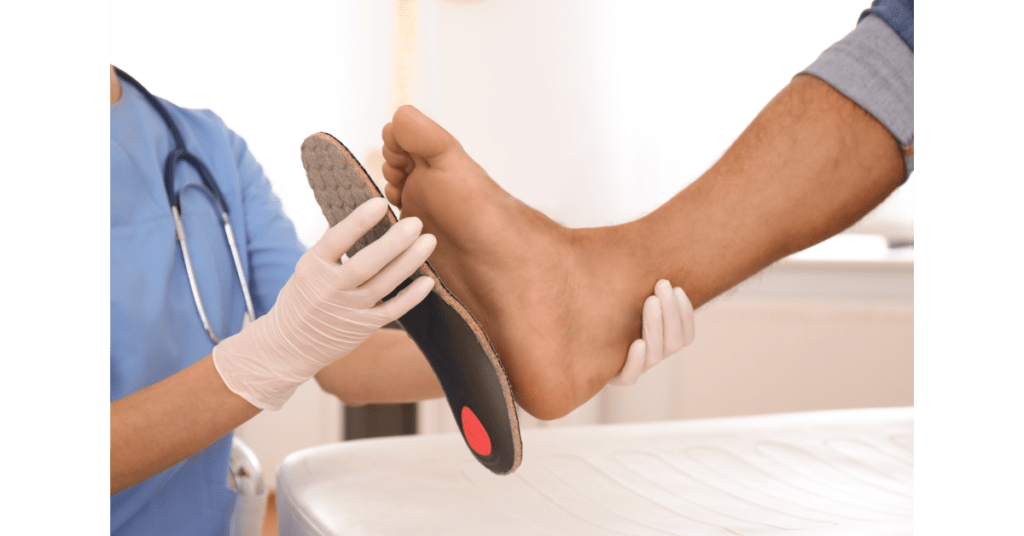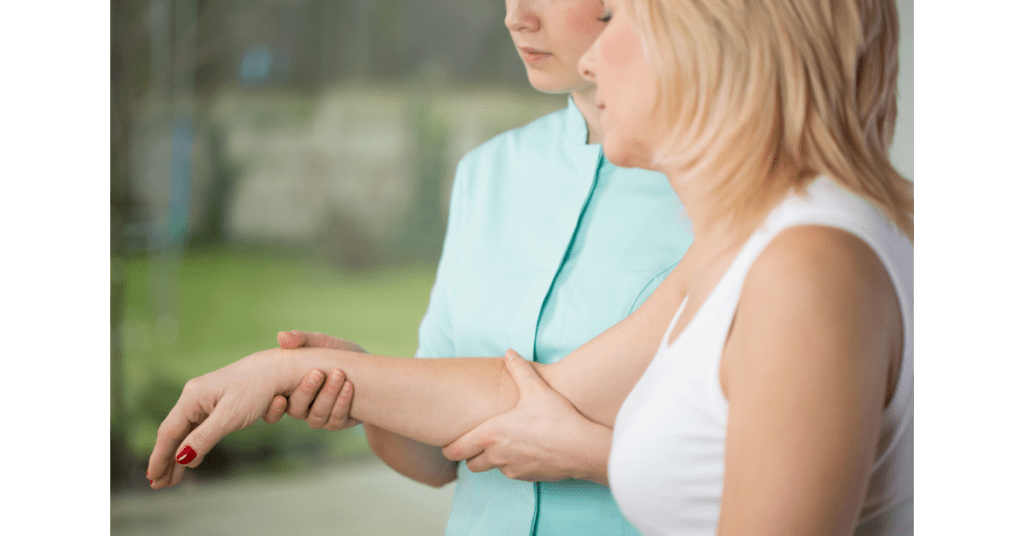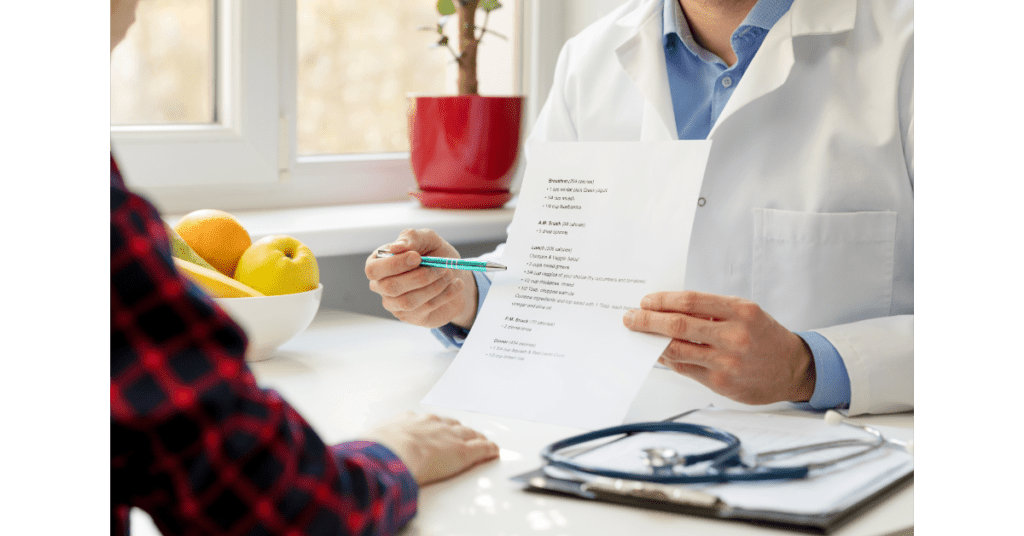What is Finger Arthritis?
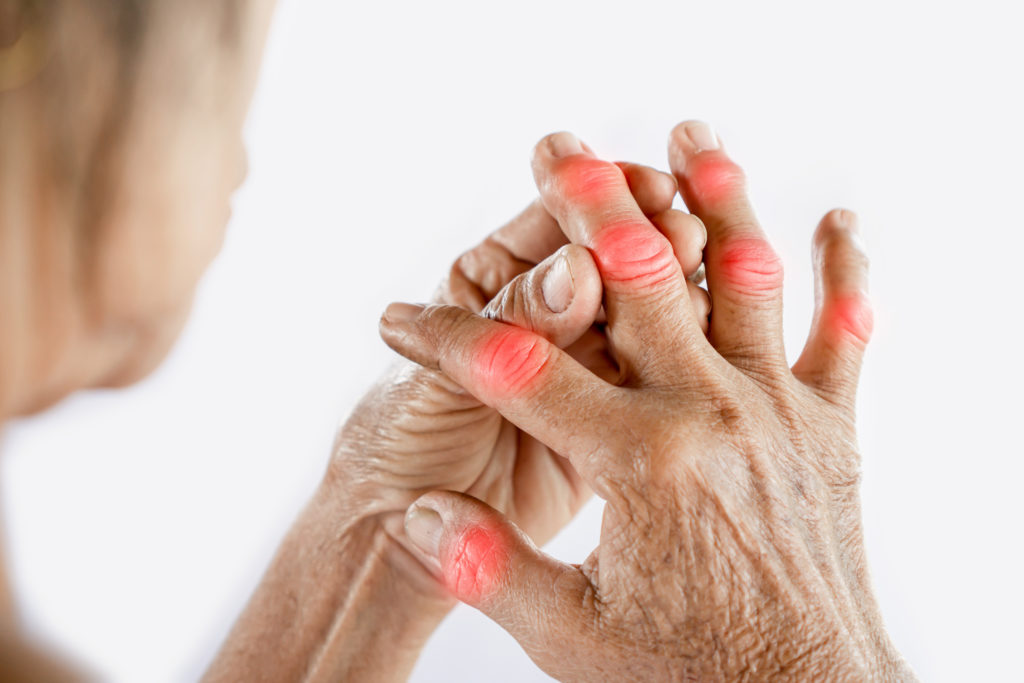
The fingers in the palm of our hand consist of three bones, which are called phalanges. The first bone that is connected to the palm is called the proximal phalange, the middle bone is known as the intermediate phalange, and the tip of the finger is called the distal phalange. The joint that is located between the proximal and intermediate phalange (at the middle) is known as the proximal interphalangeal joint or PIP. The joint that is between the intermediate and the distal phalange is known as the distal interphalangeal joint or DIP. These joints are the areas which can be affected by arthritis. A smooth, rubbery coating, called cartilage, cushions the ends of these bones where they form joints, and enable smooth and painless movement of our fingers. Finger arthritis is the condition when the cartilage around the bones, with the PIP or DIP, wears away and exposes the bone. With the progression of arthritis, painful bone spurs called osteophytes are formed in the place of cartilage.
What causes Finger Arthritis?
Finger arthritis can be the result of several factors. Age, gender, family history, injury, genetic defects, arthritis, or repetitive stress on the hands and fingers can increase the risk of developing finger arthritis. For example, increasing age (after 65), family history of arthritis, previous injuries, genetic defects in the cartilage or fingers, and repetitive stress on the hands and fingers, due to occupation or recreation, can lead to finger arthritis. The most common type is osteoarthritis, although rheumatoid arthritis is also common. Women are more prone to developing arthritis.
What are the signs and symptoms of Finger Arthritis?
Pain at the tip of the finger or tips of several fingers is the most common symptom. Although the pain occurs over time, at times it can occur suddenly. Swelling, redness, warmth, and tenderness at the tips of the fingers, and difficulty in moving the fingers, particularly in the morning or after prolonged inactivity are some of the symptoms. Other signs are weakness in the fingers, difficulty in gripping, a clicking, snapping, or crunching sound, called crepitus when grasping something or making a fist. It can also cause a decreased range of movement and pain while performing routine activities like turning a key or doorknob, opening jars, writing, and gripping the steering wheel of a car. Other symptoms include lumps or bumps at the tips of the fingers or at the DIP joint, known as Heberden’s nodes, and if they are in the middle of the fingers, at the PIP joint, they are known as Bouchard’s nodes and cysts at the tips of fingers that can lead to dents in the nail of the affected fingers.
Are you concerned about symptoms of finger arthritis? Contact a physiotherapist right now and book an assessment at 3630 Lawrence Ave E, Scarborough, ON M1G 1P6 or at 200 Marycroft Ave, Unit #6, Woodbridge, ON, L4L 5X9.
How is Finger Arthritis treated?
Treatment usually consists of medications, physiotherapy, and surgery, the latter being the last option. Most medications have serious side effects. However, common medications include Ibuprofen and Acetaminophen, which are painkillers and are available over-the-counter. Topical medications include sprays, gels, creams, or patches. Medications that have serious side effects are non-steroidal anti-inflammatory drugs (NSAIDs) and corticosteroid injections, which cannot be administered for long periods of time. If none of the other treatments help, surgery may be considered, and physiotherapy is an important part of rehabilitation.
Physiotherapy for Finger Arthritis
Physiotherapy for Finger Arthritis is a non-surgical and drug-free treatment that has been found beneficial in reducing pain. The purpose of physiotherapy is not only to reduce pain but also to prevent the progression of arthritis, help in regaining strength, increasing joint mobility, function, and quality of life. Physiotherapy is based on individual requirements and may include stretching and strengthening exercises, range of movement exercises, functional retraining, and activity modification. Bracing, splinting or compression gloves and patient education may be recommended. Other pain-relieving therapies include Interferential current therapy (IFC) or TENS therapy, Heat and cold therapy, Occupational therapy, Hand therapy, and Acupuncture. At our clinic we have notice by using Simply Align Technique which includes advance physical modalities, activity modification and specific exercises we have faster, longer lasting results with reduced healing time. In the video you see the hand treatment that can be appleid to finger arthritis also. Such treatment of comb nation of Tecar, shockwave and laser can help to reduce inflation of arthritis.
Can Finger Arthritis go away on its own?
No, finger arthritis cannot go away as it has no cure. However, the disease can be delayed and managed effectively with proper treatment. Several measures need to be taken to make daily living easy and reducing activities that put stress on the hands, like gardening or knitting. Further, wearing a splint or compression glove for support while doing repetitive activities and while sleeping, applying heat and cold therapy and using assistive devices, such as doorknobs with levers that can be pushed down instead of turning, utensils and tools with larger handles, using key turners, large zipper pulls, jar openers and using an ergonomic keyboard and mouse can help reduce the stress on the fingers.
Can Finger Arthritis be prevented?
Yes, finger arthritis can be prevented or the chance of developing it can be reduced. Regular exercises, that include stretching, like yoga and tai chi for at least 30 minutes a day, taking a non-inflammatory diet by avoiding refined and processed sugar and foods and maintaining a healthy weight can help prevent finger arthritis.

